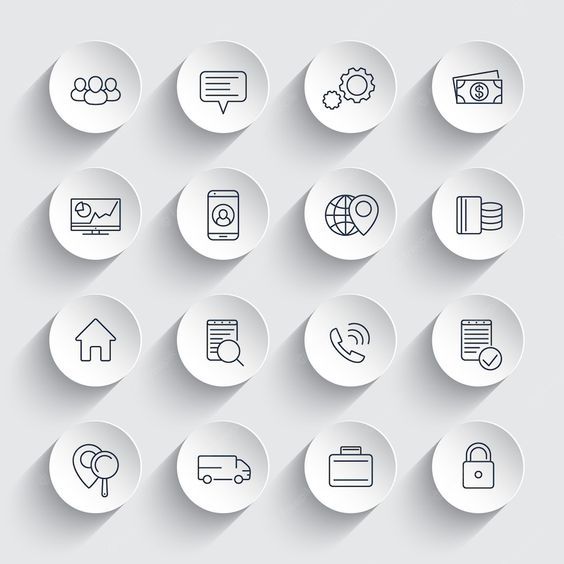This will become an attractive proposition for communities, to keep jobs, attract other investment and create a better local environment.. A significant impact on global carbon emissions.
This is where the real strengths of Discrete Event Simulation (DES), or time-based process simulation, can be brought in.Using tools such as Lanner Witness or AnyLogic, a digital model can be created from the macro to the micro scale, including global supply chain and logistics, down to individual site operations.

Digital models built within these tools are made with the logic and rules necessary to represent the real-world process and constrain the system.These are typically based around the flow of operations, their dependencies and the resources required to complete them.However, one does not need to rigidly prescribe any of these aspects in detail, or hard-code them, to derive the results, but rather use the simulation engine to logically sequence operations and how resources are used.. A simple example of this could be a set of assembly operations occurring simultaneously, which use both shared components – bolts, for example – and resources, such as an operator or a wrench.

Creating this model in a simulation tool would require defining individual assembly sequences and required resources at each step, the resources available and, depending on the requirements of the project, component stock, transport, and necessary aspects of the supply chain.When the model is run, the simulation engine dynamically uses resources and components to complete the tasks and the model statistics derived could indicate how both individual processes, and the system, would perform..

Ultimately this also allows for modelling flexibility as operations sequences, rules and resource information can be loaded from external files and changed dynamically during model runtime.
Similarly, the highly visual nature of these tools can provide direct feedback to users while the simulation is running, or export data which can then be visualised in another tool (such as Tableau or Power BI).The range of measures to improve indoor air quality and hygiene is quite wide.
Primary prevention measures should include the selection of non-toxic materials, products with low levels of Volatile Organic Compounds (VOCs), furnishings without fire retardants and cleaning products without harmful chemicals..In areas with potentially high pollution levels, the adoption of adequate monitoring is recommended, combined with air filtration systems (HEPA filters for PM2.5 particles, carbon filters for VOCs and UV light filter for airborne pathogens)..
Measures to improve hygiene and reduce the transmission of pathogens include the adoption of touchless technology (light switches, lift buttons, doors), antiviral coatings and the provision of hand sanitiser dispensers.Attenuation measures include the provision of openable windows, increased fresh air rates and avoiding air recirculation..